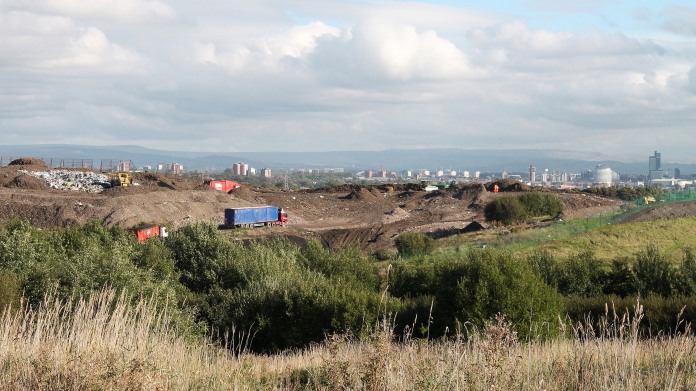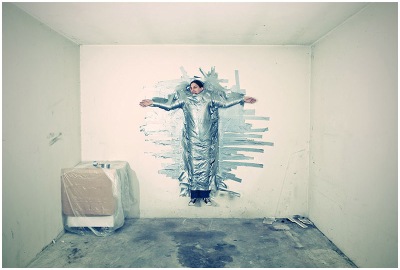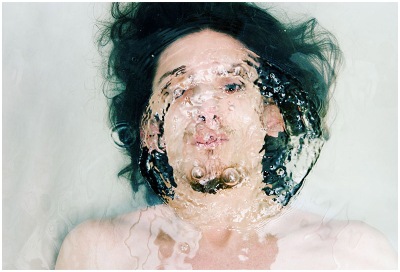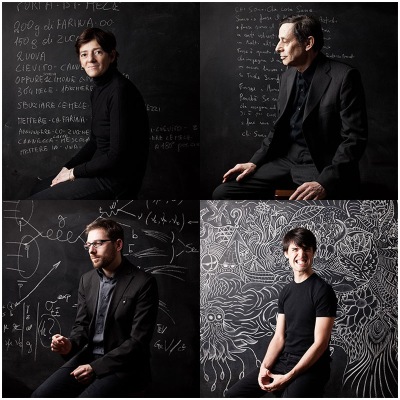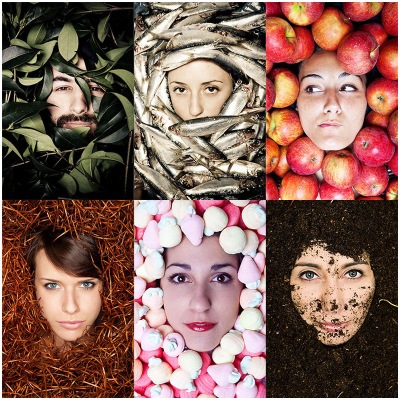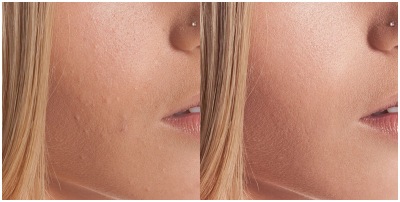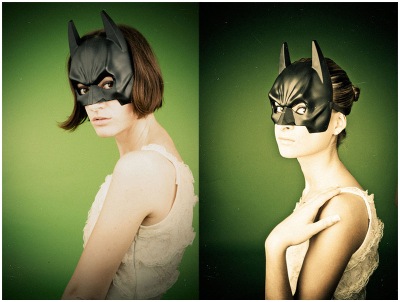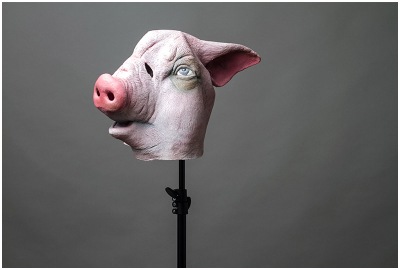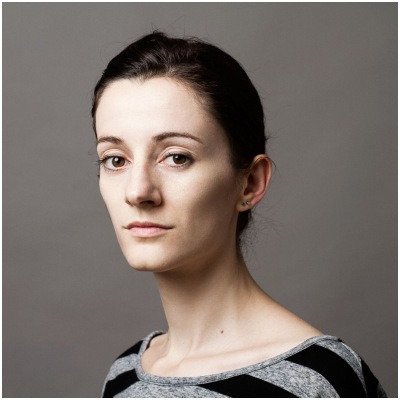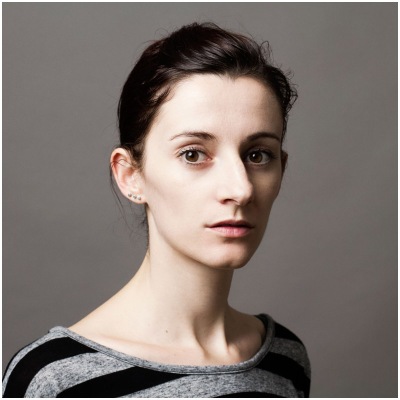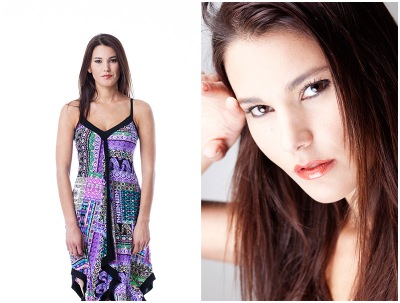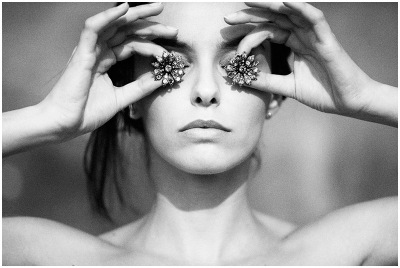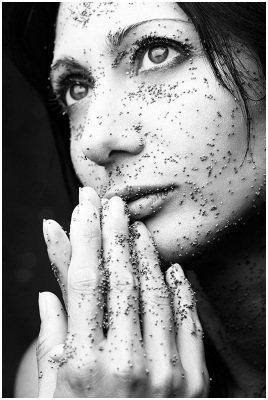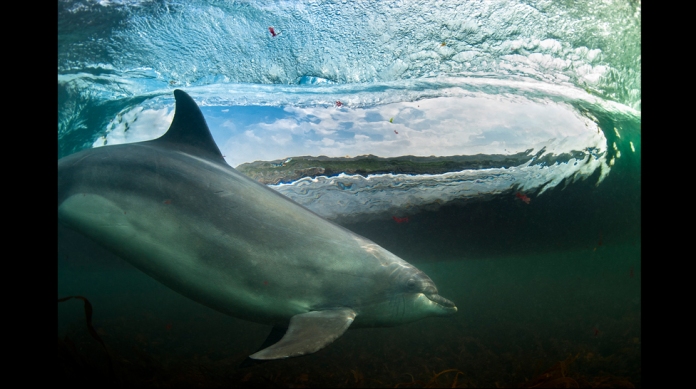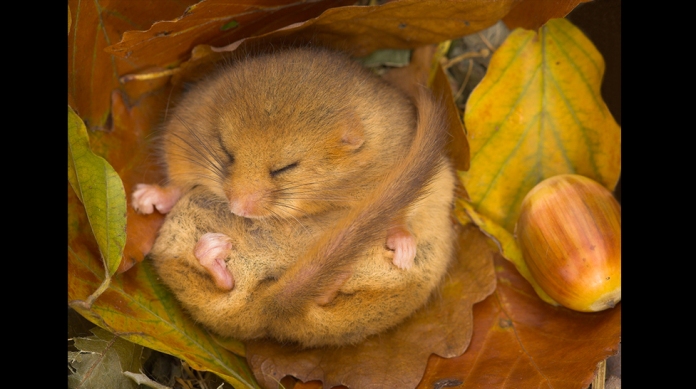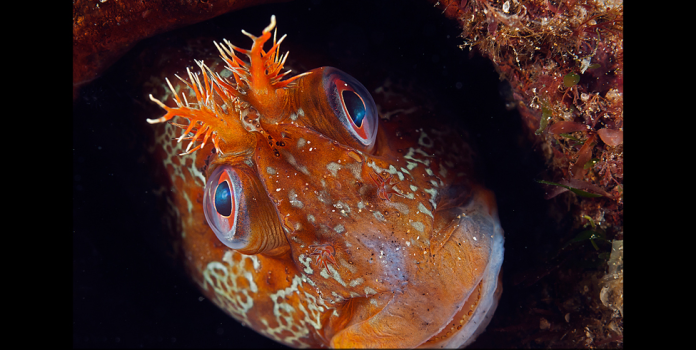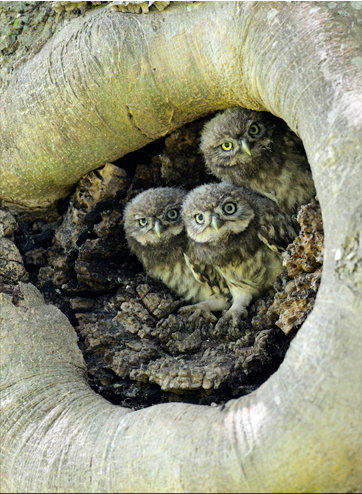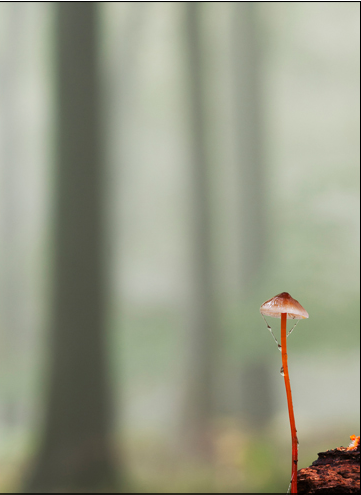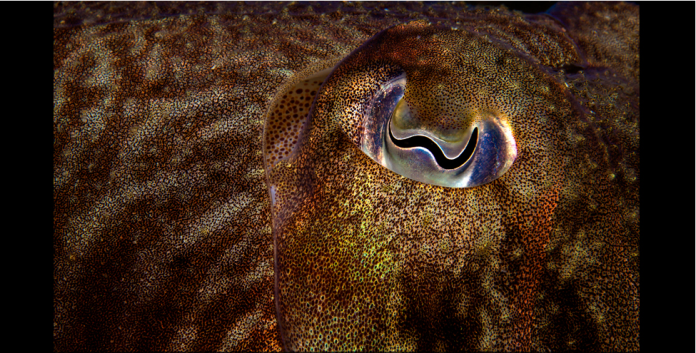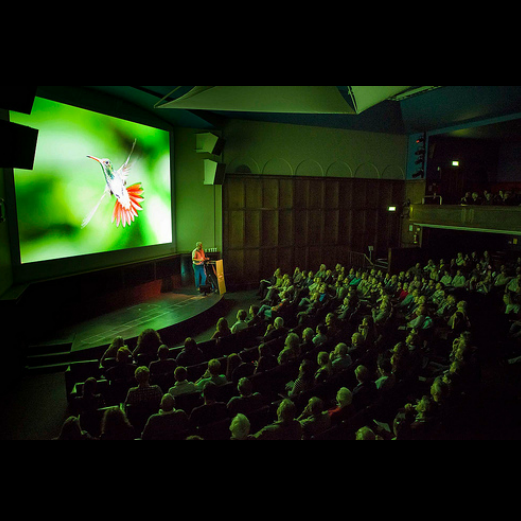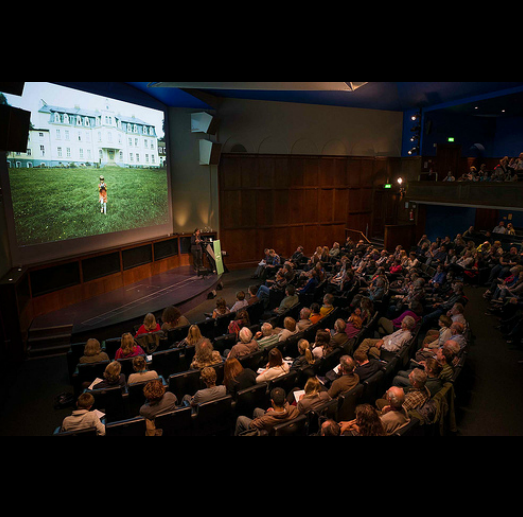 Sara Lando is an occasional contributor to Strobist, but is also a commercial photographer based in Milan, Italy. Today, I am very pleased to present the first in her three-part series on photographing people.
Sara Lando is an occasional contributor to Strobist, but is also a commercial photographer based in Milan, Italy. Today, I am very pleased to present the first in her three-part series on photographing people.
Let me back up. A few months ago, I met with all of the Strobist’s correspondents in Los Angeles. We were brainstorming to fill the knowledge gaps in the site’s content. Suddenly Sara started off on this tangent on all of the things that get lost in the shuffle when thinking about lighting and lenses and cameras, etc. Picture a tiny Italian woman gesturing continuously as she uncorks a full brain dump (from a very, very creative mind) on all of the little things that many people never think of when photographing others.
As I was listening I kept thinking, “Someone should be writing this stuff down RIGHT NOW.”
English is Sara’s second language, and I normally smooth it out a little when editing her pieces. Not today. I am sending this through largely untouched. Should you come across an unusual way to express something, just imagine the Italian accent behind it.
__________
On Photographing People, Pt. 1: Before the Shooting
By Sara Lando — So you know your f-stops, you can balance speedlights with ambient, you can overpower the sun and color correct light to the point you can walk into a room and guesstimate the Kelvins like a boss… and yet all you get are sharp images of really uncomfortable people?
Can you be a people photographer if you’re not a people person?
My best asset, according to clients and subjects, is the fact that I can make people enjoy having their picture taken and, as a result, I can ask them to do almost anything and they’ll be happy to oblige.
It hasn’t always been like this, though: the first time I had to photograph someone that wasn’t myself, I spent the night before puking, and it was half a disaster. Ten years later, these are the things I wish someone had told me back then.
__________
Before you can even think about what to do when you’re photographing someone you have to convince them to be in front of your camera. And a lot of people find this to be really hard (after all a camera is one of the best ways to avoid talking to other human beings…).
There are basically two possibilities: hiring a professional model vs asking someone, be it a loved one or a stranger (I’m intentionally not going to cover how to steal portraits from unaware passers by with very long lenses). If you’re really uncomfortable with asking people you know, I highly recommend avoiding paying for a professional model. Yet, it is often harder to take a good portrait of a model because they have enough experience to save your pictures when you don’t know what you’re doing. So you end up mistaking a photo of a beautiful girl for a beautiful photo. You learn very little and waste lots of money.
Also, models won’t tell you what you did wrong (but they’ll tell the next female photographer they work with, aka: me), while a wife is probably making a list the moment you unzip the camera bag. Suck it up and go for it!
I very rarely meet someone who doesn’t hate to have their picture taken though, so we meet our very first obstacle:
How to convince people to be photographed by you
Truth is, people don’t hate having their picture taken. People hate being tagged on Facebook in awful photos that everyone will see.
My advice is to start with friends and loved ones, people you feel comfortable with and can easily speak to. If you already know your friend Bob is a Star Wars fan, he will not pass on the opportunity of posing for a portrait with a full Darth Vader costume. And if you’ve been married for years to a woman who hates the shape of her ears, you won’t make the rookie mistake of having her hair up for the pictures (ending up with her forbidding you to EVER show them to anyone).
Volunteer as the official photographer at your nana’s 90th birthday. Bribe your kids. Do it again and again.
I was incredibly shy when I started photography so I decided to take a bazillion self portraits instead. Whatever you decide to do, the main goal is to build a very small portfolio of decent pictures you can show to potential victims subjects. I have a couple of ongoing projects that are great for contacting potential subjects. Both are really easy setups and it takes me just a few minutes to get the shot, leaving me plenty of time to do something else. And most of all it shows potential subjects the kind of image they would be getting from me.
This is important because it takes an incredible amount of trust to let someone take you picture and you have to reassure people you actually DO know how to operate a camera. The only way to do so is by having work to show.
This alone isn’t going to be enough. Most of the time, people will still be wary. Why would you want to take their picture? Why them?
Spot the difference between “Can I take your picture? I asked everyone else and they said no,” and “Can I take your picture? I have this image in mind for a personal project and you would be the perfect fit for that. You can say no, of course, but can I show you my moodboard first?”
The second sentence works best for several reasons:
• you don’t sound like an a-hole
• you are making them feel worthy of being photographed
• you imply you have an actual project in mind
• you are giving them the chance to say no
If you don’t have a picture to show what you have in mind, this is where moodboards come in really handy. I can use less words and be more effective. I’m sure you can perfectly understand what I’m going after if I say: “Botticelli’s Spring, Vivaldi, champagne colored tulle, and really soft hand gestures” rather than “Biker gang in a smokey bar, runaway girl, smeared mascara and a missing tooth.”
Even a quick sketch can be helpful when you’re trying to explain a concept. Here’s an example of a concept sketch and the resulting image (takes a good leap of imagination, but it still works better than “I want to paint your face.”)
Of course you need to make sure you’re picking the right idea for the right subject. Don’t be the one who sidelights the girl with bad skin using hard light or tries to force the shy girl into a skimpy bikini; if the picture comes out awful it’s not because they’re bad models, it’s just that you’re a jerk.
The same approach is valid even if you are contacting potential subjects on Facebook or on websites for test shootings. Have pictures in your portfolio, approach people with a project that is designed around them and be professional about it.
If you’re working with a creative team everyone needs to receive the same reference material. You’re the director of the whole thing. If it comes together, it’s thanks to the team. If it fails, it’s your fault.
THEY SAID YES: NOW WHAT?
Once you start planning a shooting, the first thing you might want to do is to gather all the data you will need: contact info, location availability, measurements, details that might ruin the photo shoot (e.g. a long haired model who just cut her hair really short, or has a big tattoo you weren’t aware of). You can send a questionnaire to fill out, you can talk to people over the phone.
I’d rather invite them for a coffee. This is great for several reasons:
• you get to see them in person and you can start figuring out their best angles
• you get to see how they move
• you can start building a relationship with them, making them excited about the shooting
• you can answer any question or address any concern they might have and see if some of your suggestions rub them the wrong way
There’s a bunch of questions first time subjects always ask me:
1) what clothes do I bring?
Unless the concept is very specific or I have a stylist involved, I usually ask them to bring something really basic, preferably in plain color. A black top, a white top, something they are very comfortable in, and a bunch of their favourite clothes. I want them to feel beautiful. Everyone has that pair of pants they wear when they want to impress. It might not be what you end up using for “The Picture,” but it’s a great starting point.
One piece of advice I always give: do not wear stuff your kids might mock you for, 20 years from now.
2) What about makeup?
Having a makeup artist can be great (it makes people feel pampered and special and really cuts the time you spend post producing skin.) But I often like to work without one and for a first timer I’d rather have no other people on the set.
Usually women can take care of their own makeup, but I still ask them to keep it natural. A nice base and some mascara will be enough not to make them feel “naked” and a bad makeup can really ruin a good photo.
This is also when I reassure them about skin imperfections: I will take care of them. The lights I use will make their skin beautiful and if there is a pimple, I will get rid of it in 2 seconds in Photoshop. I also send them this rollover image.
Why would I do that? Because people will obsess about a single zit and they will try to cover it with their hand, hair or hiding it away from the camera. I want them to completely forget about it when we are working. Photoshopping away an imperfection takes less than 2 seconds, but I cannot photoshop away a scared expression.
3) can I bring someone?
I don’t mind people watching me work now, but it used to make me really nervous. I’ve always been honest about it, and I still prefer not to have people sitting around just watching.
Some may get very self-conscious while others are watching them—even more when it’s loved ones—because they are afraid of being judged as “vain”. My policy now is that if someone is on set, they work. I have them hold reflectors or strobes, I ask them to throw rose petals in the background. Wind machine? Pppft. I’d rather use a big piece of cardboard and someone’s escort.
There are things subjects usually don’t ask, but I tell them anyway:
a) bring your own music.
I like people to bring their i-Pods or burn CDs of music they love. It’s something familiar in a very unfamiliar situation and can be the difference between getting to the shot in 10 minutes or 2 hours. I ask for something specific according to the mood I’m going for: bring music that makes you feel powerful. Bring the kind of music you’d listen to on a rainy day. Bring music that makes you wanna dance. If they have the reference images and I have asked them to pick songs, I can be pretty sure they will be rehearsing in front of a mirror.
One of my best purchases has been the Jambox by Jawbone. It’s a small, powerful wireless bluetooth boombox you can take with you on location.
b) What I will do with your photos and what I won’t do with them.
You have to have this conversation before people step into your studio. They need to know they’ll be asked to sign a release and they need to be comfortable with it. I take the time to explain that the release also prevents me from using their pictures for commercial uses without their consent and that I will never publish something they haven’t approved first.
c) I give them my contact informations and collect theirs.
Not only I will need this information for the model release, but I will definitely need to get hold of people if something happens and there’s a change of plan and I need to make sure they can contact me if they have any problem.
My advice for dealing with “models” who don’t want to give you their phone numbers or at least an email? Don’t bother booking shootings with them. The pizza delivery place asks for my phone number when I place an order: it’s part of what they do. No number, no pizza.
THE DAY BEFORE THE SHOOTING:
Make sure the studio (or location) you’ll be shooting in is going to be clean, comfortable, with the right temperature for the clothes your subject is going to wear and a separate place for changing into them. If you don’t have a changing room, a screen or a sheet stretched between two light stands will do just fine. If you’re going to be outdoors, invest in a small popup tent.
Get food and water for the shooting. This might be obvious to some of you, but I assure you most photographer don’t even offer their subjects a glass of tap water.
I usually go for tea and cake, but also have bottled water and fresh fruit available. I’d recommend avoiding stuff that stains teeth (no cranberry juice) and keep disposable toothbrushes and dental floss available: you don’t want to photoshop speck of food out of people’s smiles.
Have a list of shots you want to do and figure out in which order you are going to shoot them: you’ll want to keep the time you spend building sets while your subject is standing there to a minimum. But you also might want to think about makeup and props: go from simple to most messy. If you have several steps of makeup, remember that building up is easier than taking away.
Build the first set and test your lights. Mark the spot in which you want your subject to stand. I usually ask my husband to stand in (after all that’s part of his marital duties), take a bunch of self-portraits or use my pig mask impaled on a light stand, which works just as well. (You don’t need to be fancy: I have used upside-down mops duct taped on chairs for quite a while and it works like a charm.)
I check my gear: batteries must be loaded, cards must be formatted, lens must be clean.
I make a call sheet and send it to everyone involved in the project: location address should be written on it, as well as everyone’s contact info and a list of things they are supposed to bring and a rough schedule of the shooting. It might sound something really silly to do if it’s not a big production, just like you might feel uncomfortable asking your friends to sign a model release because, after all, they’re your friends, right? To answer your question: my mum signed a model release when I took her portrait.
This might make me look a bit of a nutjob, but the night before the shooting I mentally go over the whole process: I lay in bed staring at the ceiling and imagine every step of the shooting; me taking out the camera and choosing a lens, me moving lights, etc. if I get stuck at some point, I know I have a problem to solve, then I figure out a way to do that and I come up with a plan B. This is particularly helpful when you have to transition between several sets. Your model will need to wash her face from glitter before wearing a white dress and you’ll be outdoor: did you get wipes?It’s not going to be like this each and every time, of course. And experience is going to play a great part in being able to get a good portrait even if my hair is on fire and my subject hates me. But being prepared gives me the luxury to make the most of the time I will have with them. If I get the picture I want in 15 minutes and the model is there for a whole hour, I now have at least 55 minutes to experiment and that is exactly what I want (I’m not great at math, but I’m quite good at pushing time limits).






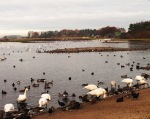






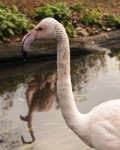



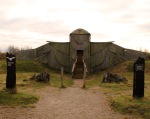

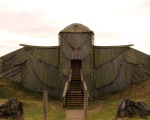

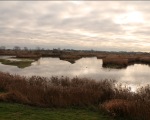

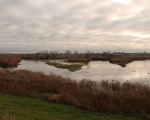







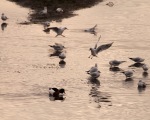

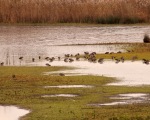



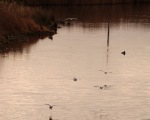







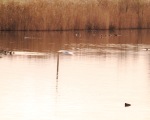


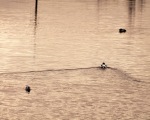

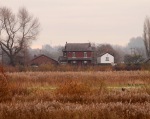




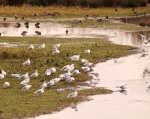



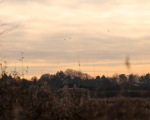












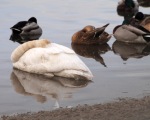




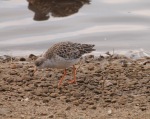

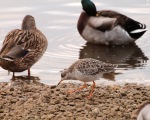




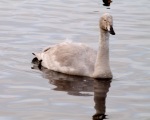





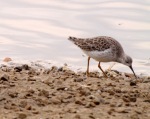







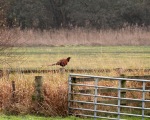




















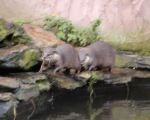







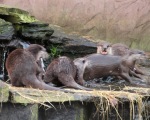






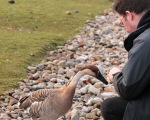

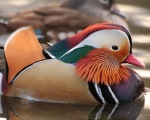




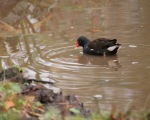

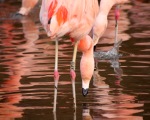




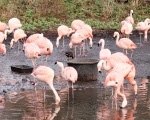

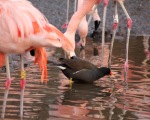



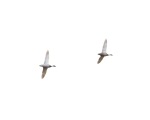


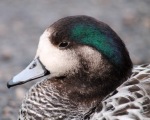





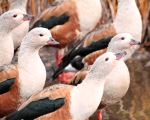






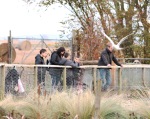











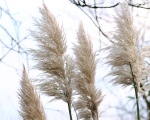

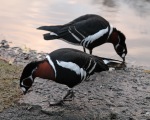


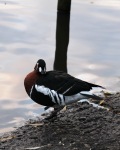
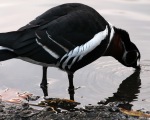





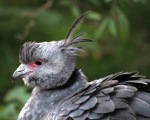
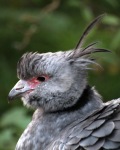






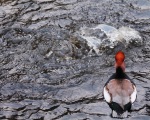
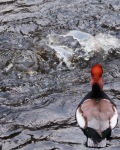
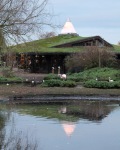












 Photograph by David Alan Harvey
Photograph by David Alan Harvey



 This is an organizer of a film festival. We met at a place which (obviously) wasn’t a theater. I utilized a wall of glass block to, hopefully, create a subtle reference to the silver screen. She was lit with a single flash bounced off a wall to act as a fill light.
This is an organizer of a film festival. We met at a place which (obviously) wasn’t a theater. I utilized a wall of glass block to, hopefully, create a subtle reference to the silver screen. She was lit with a single flash bounced off a wall to act as a fill light.































